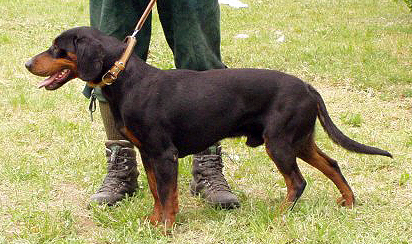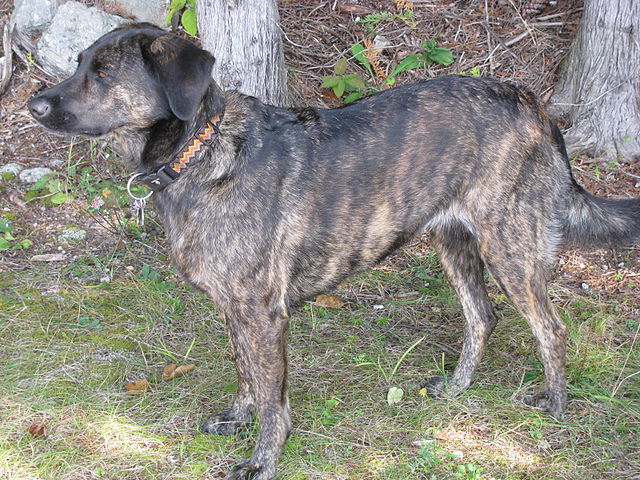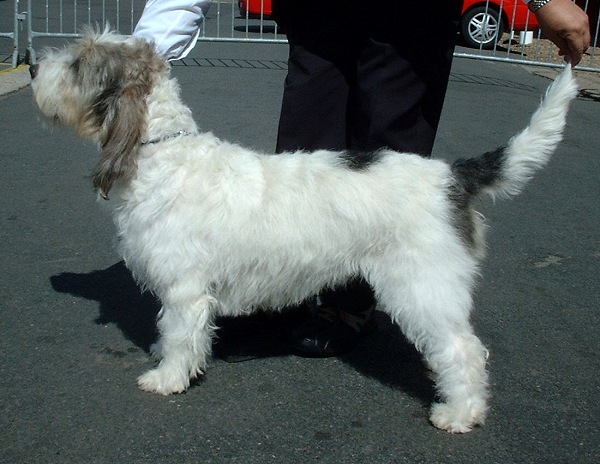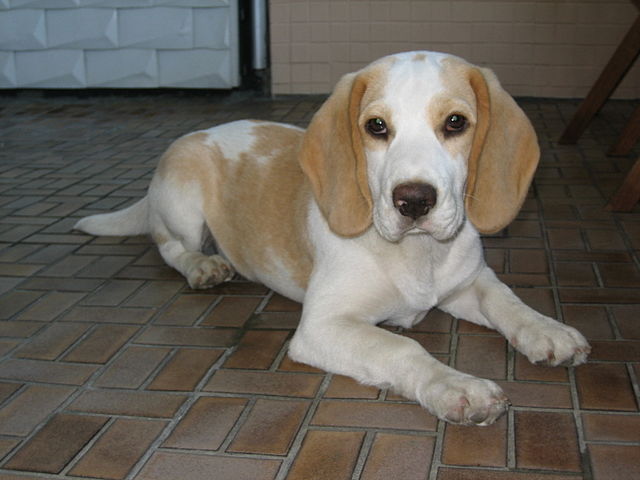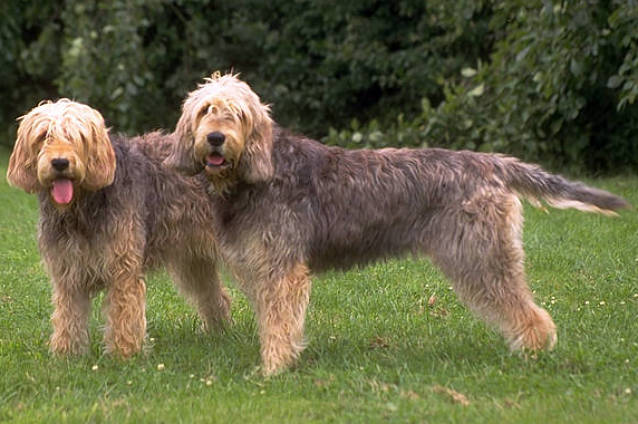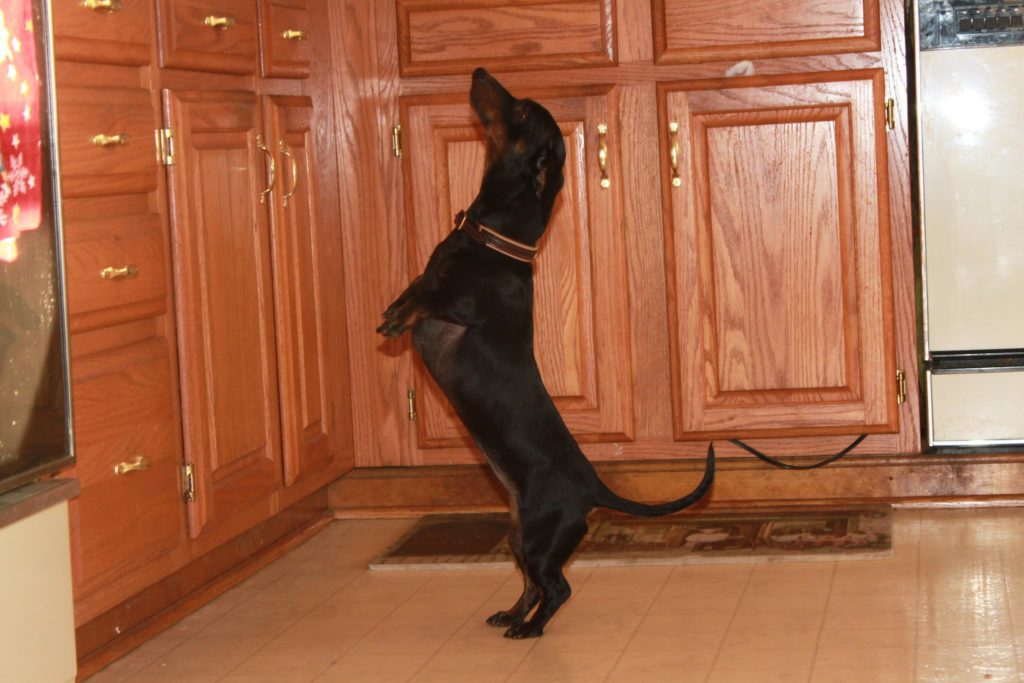The Mountain Cur is a hunting and treeing hound primarily, although he was often tasked with other jobs as well in the “pioneering days” – which he would do with a determined and hardworking attitude. Brought to American from Europe by settlers, these dogs were often seen on farms and ranches being used as hunting companions and guard dogs. They were, and still are, prized for their courage and excellent scenting abilities alike. Their companionable nature also makes them great candidates as therapy dogs.
Mountain Curs are hardworking, intelligent dogs and are trainable – especially when plenty of praise and games are used in training. This said, many are known to be extremely stubborn. This may be why they tend to do very well in dog sports that are game-like, but are less proficient in strict obedience trials that seem more “boring” to them. This breed does need a job in order to be happy, but they also need structure and rules – whether or not they want it! Some members of the breed are more easily trained and even quite biddable, there is a great variation in temperament. All do best with active owners who are willing to put in a lot of work to fulfill the dog’s basic drives.
The Mountain Cur, like most hunting dogs, is extremely active and requires a great deal of regular exercise. They can become very destructive if not given daily outlets, both mentally as well as physically. As many Mountain Curs will live very healthy lives (often up to 14 or 15) it is necessary that any potential owner make sure they are up to the challenge of providing this exercise over many years!
The Mountain Cur generally gets along well with children as well as other pets (provided the pets aren’t too small and prey-like). They prefer playing outdoors quite a lot but can play rough, so families with small children may not make for the best matches. This rough-and-tumble hound makes a great companion for older kids or active adults who live in rural or semi-rural settings. This is definitely not a dog for apartments life or for people who work all the time! As active as they are, they also don’t do well when left home alone for long stretches of time. Between their energy and intensity, truth is that they are simply too much dog for many people.
Mountain curs are aloof with strangers and can be territorial at home, which makes them good natural guard dogs. Due to their hunting drive, they may also try to go after cats and other small animals. An owner must be responsible on both accounts – do not let your Mountain Cur become a nuisance with people or animals! This is one-part early socialization and one-part making sure to recognize the dog’s drives and keep them from getting out of control. While it is fine to use the dog to protect the home, make sure to include plenty of training and household rules in the dog’s life so he doesn’t become a liability!
There is a vast size range within the Mountain Cur breed, with heights ranging from 16 to 26 inches at the withers and weights everywhere from 30 to 60 pounds. This is but one example of the wide variation in appearance from one Mountain Cur to the next, and has to do with the numerous different strains that existed when these dogs were first being bred. At the time of its creation, there wasn’t much need or desire for pedigrees among the settlers who utilized these dogs. They also come in a virtual rainbow of colors, and with several different acceptable types of tails ranging from a short bob to a medium-long tail. Whatever the appearance, however, all members of the breed require plenty of opportunities to move and to work!
![By Tacosunday at wikimedia commons [2] - English Wikipedia here [1], CC BY-SA 3.0, https://commons.wikimedia.org/w/index.php?curid=8064052 Mountain Cur](https://academichound.com/wp-content/uploads/2019/06/Mountain-Cur.jpg)
Photo By Tacosunday at wikimedia commons

